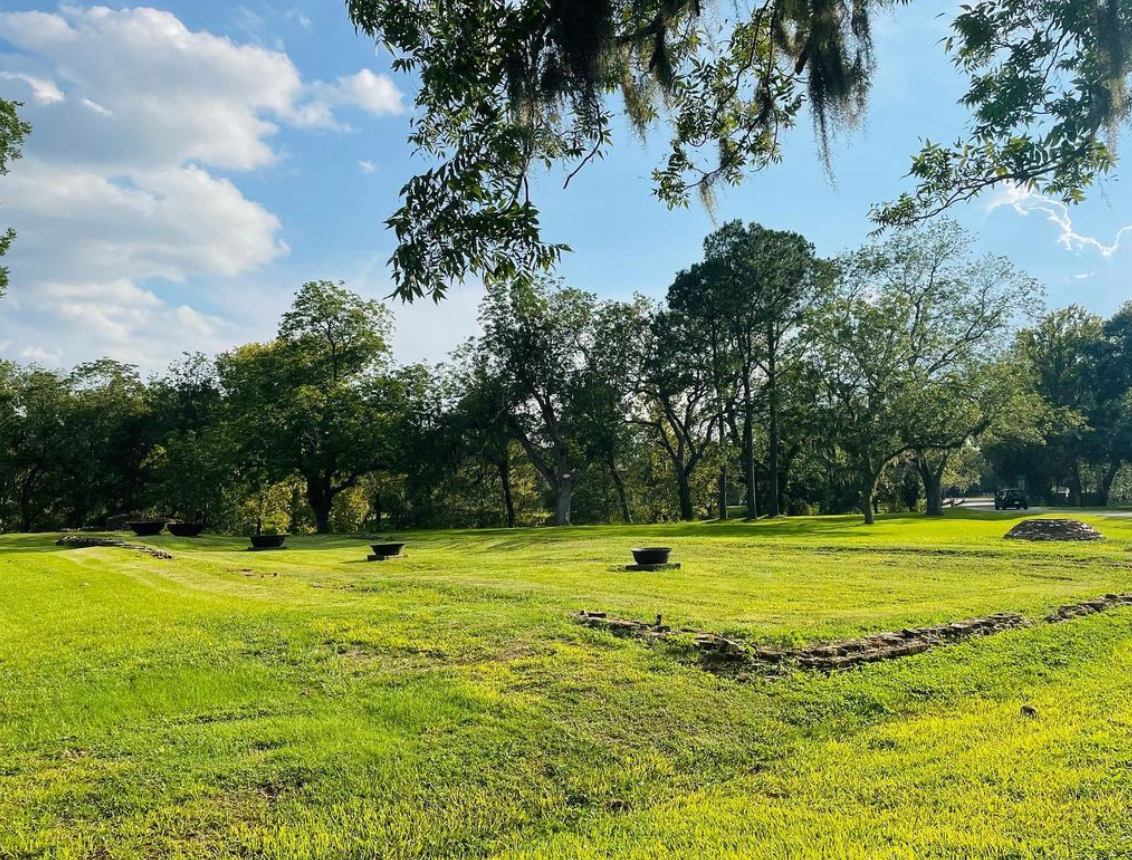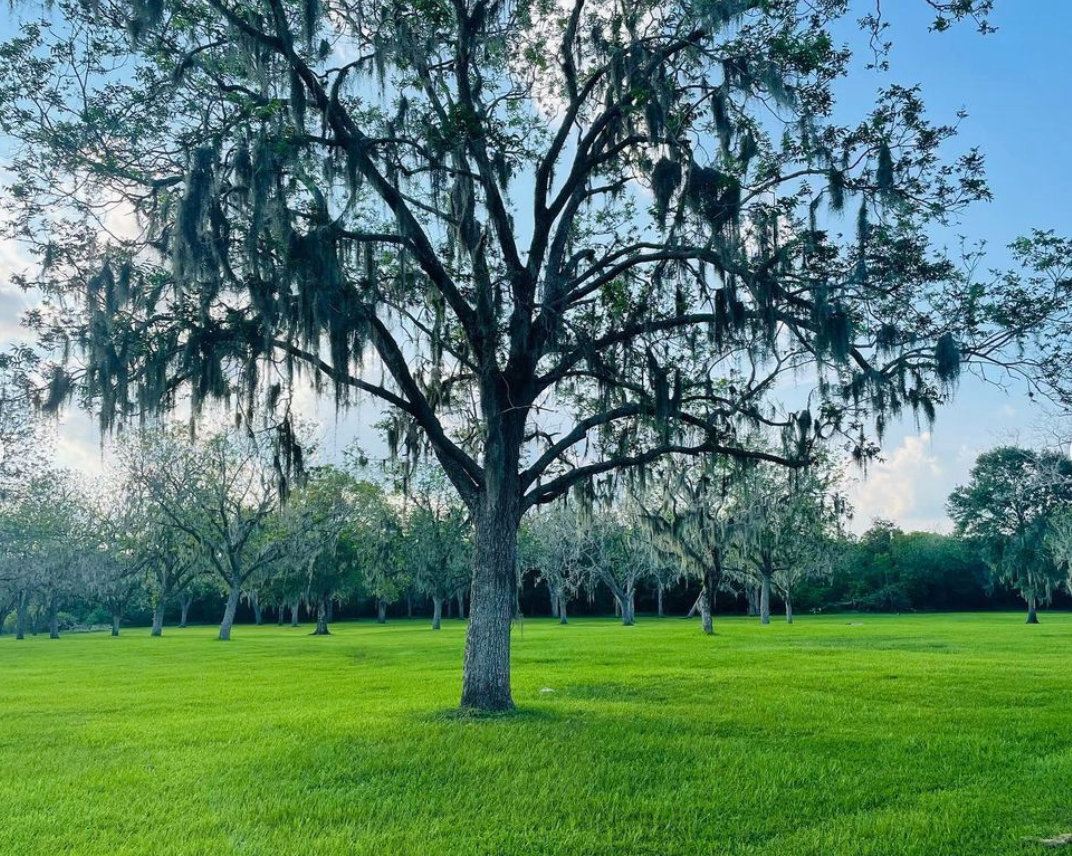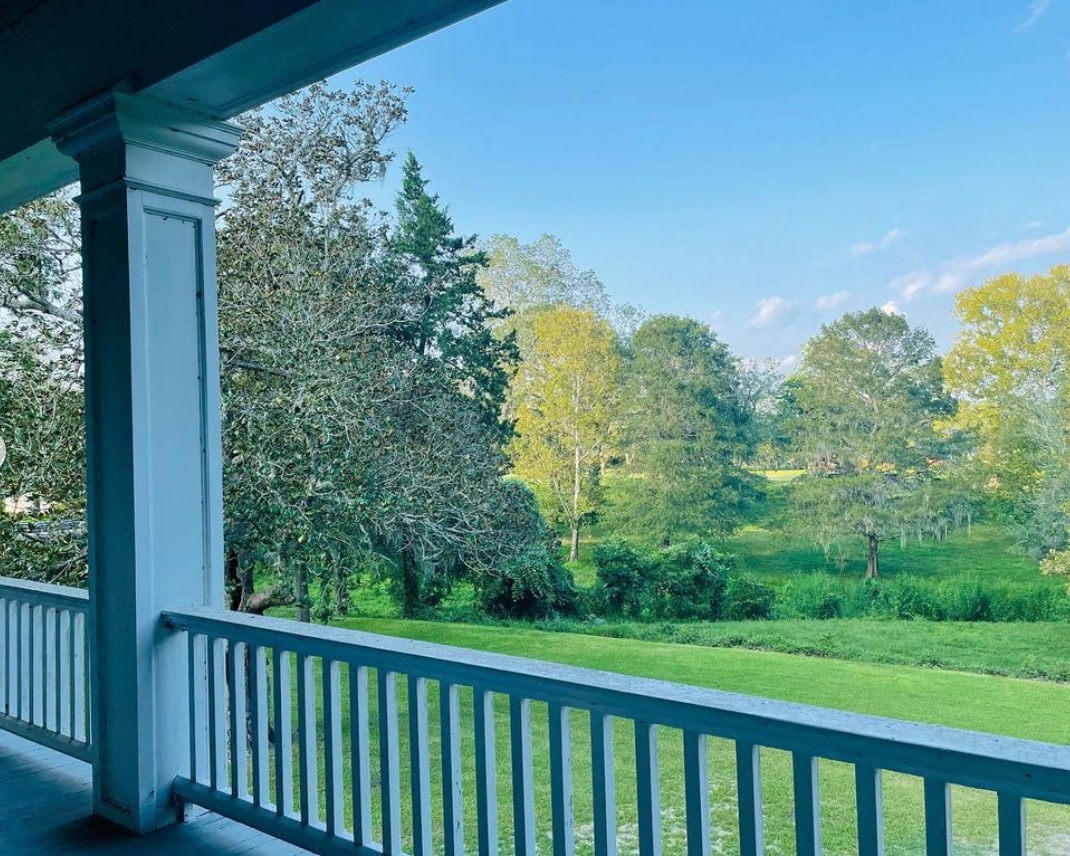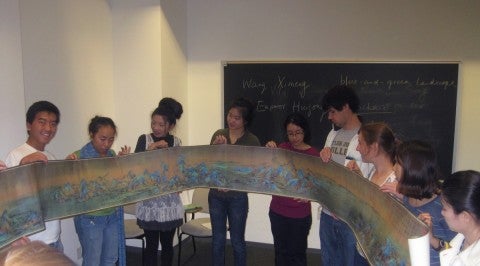Prof. Fabiola López-Durán led another memorable class field trip yesterday not to the usual art museums, but to an outdoor one at the historical Varner-Hogg Plantation, one of the 60 plantations in Brazoria County, Texas, with students from the seminar HART 462/662: The Whiteness of Green: A History of Racialized Landscapes co-taught with Prof. Farès el-Dahdah.
"A field trip to better understand the plantation as system and landscape under the light of W.E.B Du Bois, Silvia Wynter, Katherine McKittrick, Gilberto Freyre, Dell Upton and others. We are especially grateful to Molly Morgan, lecturer in the Anthropology Department, for sharing with us her community-based archeological work there, a work she is conducting with Rice students and the local community.
It is not by chance that Jamaican economist George Berkford rightfully argues: “the plantation system is migratory.” The relationship between black dispossession and geography has been recast over and over again. Let’s now move to urban contexts to see it at work today."
Photos and Text: Fabiola López-Durán

The outline of the Sugar Mill’s foundation built by enslaved people in the 1840s.

The outline of one of the quarters, where enslaved individuals used to live across the creek from the main house.

Area of the former quarters where Molly and her team have been excavating.

A pecan tree with Spanish moss next to magnolias and oaks.

A view of the creek’s trajectory from the plantation house.

One of the few records of the enslaved people that worked there: fingerprints in the bricks they made to build the plantation house and other buildings.

A photo of young black men and boys convicts at work in a cane field included in an in-situ exhibition about the history of the plantation. After the abolition of slavery, convit workers were “leased” to do the work enslaved people used to do in the plantation as it happened in so many other plantations across the US.


